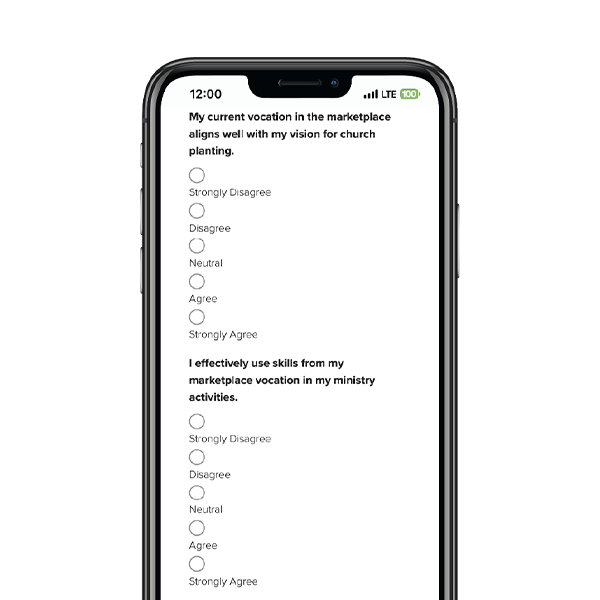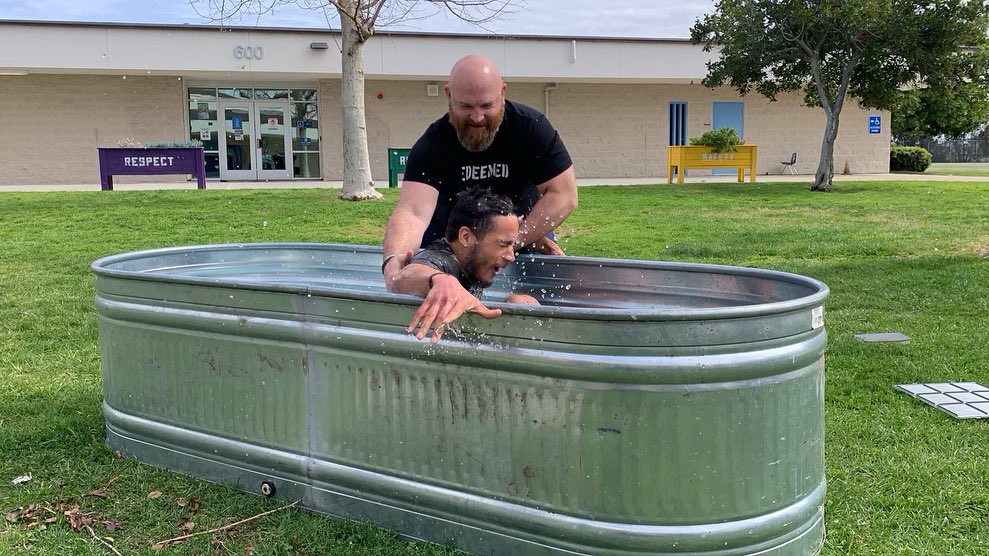The question I get most often from church planters is: Where do I find people for my launch team? There are six key sources for finding new team members.
Your parent church
This church has bought into you, supported, prayed for and sent you. Ask your pastor if you can share the vision from the platform and invite people to be a part of your church. You may be surprised at how willing people will be to move across town or the country.
Your friends and family
There are friends and family who love and believe in you. Don’t hesitate to ask them to join you. Sometimes we assume people don’t want to join us, and make the decision for them without ever approaching them.
Sometimes we assume people don’t want to join us, and make the decision for them without ever approaching them.
New residents
When Cindy and I moved to Myrtle Beach to plant Carolina Forest Community Church, we moved into a complex where many new residents stayed while they built a house. We would go for a walk or sit by the pool and engage people in conversation. Meeting new residence had a big pay off for us. Three of the best couples on our team came from talking by the pool that summer.
Unchurched people
Your launch team members do not have to be believers. We encourage you to engage with the unchurched, and invite them into your team. You will encounter seekers who don’t know Jesus, but in a place in life where they’re open to learning more about God. As you meet new people be sensitive to what God is doing in their lives. We had unbelievers that recruited more people to attend than our key leaders.
You will encounter seekers who don’t know Jesus, but in a place in life where they’re open to learning more about God.
Community events
One planter friend of mine moved to a city that is 97% unchurched. So he took his small team and began to prayer walk in specific communities. After a few days of prayer, they would do a community block party in that area. They did this repeatedly, which opened the door for them to share the love of Christ through authentic relationships and give information about the church.
Community leaders
Even though you may not know them yet, you have a lot in common with the leaders of your community. You both love the community, want to see the community get better and have resources to direct toward the needs of the community. A church planter friend of mine in Tennessee moved into a new community in 2011 with three families. They decided from the beginning, they were going to just get to know and love on the community for one year before planting. They immediately went to work getting to know the leaders of the community and invested time in volunteering to help with what city officials designated as key needs. One year later they won the award for Best Volunteer Organization in the city and they weren’t even technically a church yet.
Recruiting your key leaders
Having a team of people around you is essential, but you have to go beyond that and identify those who can take key leadership roles. Below are seven key steps to successfully recruiting a committed leader:
1. Give them time to pray.
Never ask someone to make a decision on the spot. Once you make a proposal, tell the person you’d like for him or her to take 3-4 days to pray about the opportunity.
2. Tell them why you thought of them for that particular role.
Be very specific. The initial recruitment moment is your first chance to cast a vision for the importance of that leadership role. Develop a picture of how this person’s gifts, passion and personality match up with God’s vision for the position.
Develop a picture of how this person’s gifts, passion and personality match up with God’s vision for the position.
3. Ensure the individual’s gifts and passions fit the position.
Having the wrong person in a position is just as ineffective as having no one in the position. Be patient and let God lead you to the right person.
4. Give the individual a written description of what you expect.
It’s a recipe for disaster when we don’t put our basic expectations in writing. Be as thorough as possible.
5. Provide adequate training.
Some planters feel they don’t have time to train. But when a leader starts making mistakes, you will have to invest more time on the back end. Make the training investment on the front end.
Make the training investment on the front end.
6. Meet with them regularly.
Your new leader will surely experience disappointments, or defeats that could dampen his or her enthusiasm. One-on-one meetings allow you to connect relationally, coach them and gives you both time to celebrate what God is doing. When recruitment is done right, it makes people feel honored and enthusiastic about serving.
Published September 24, 2015




